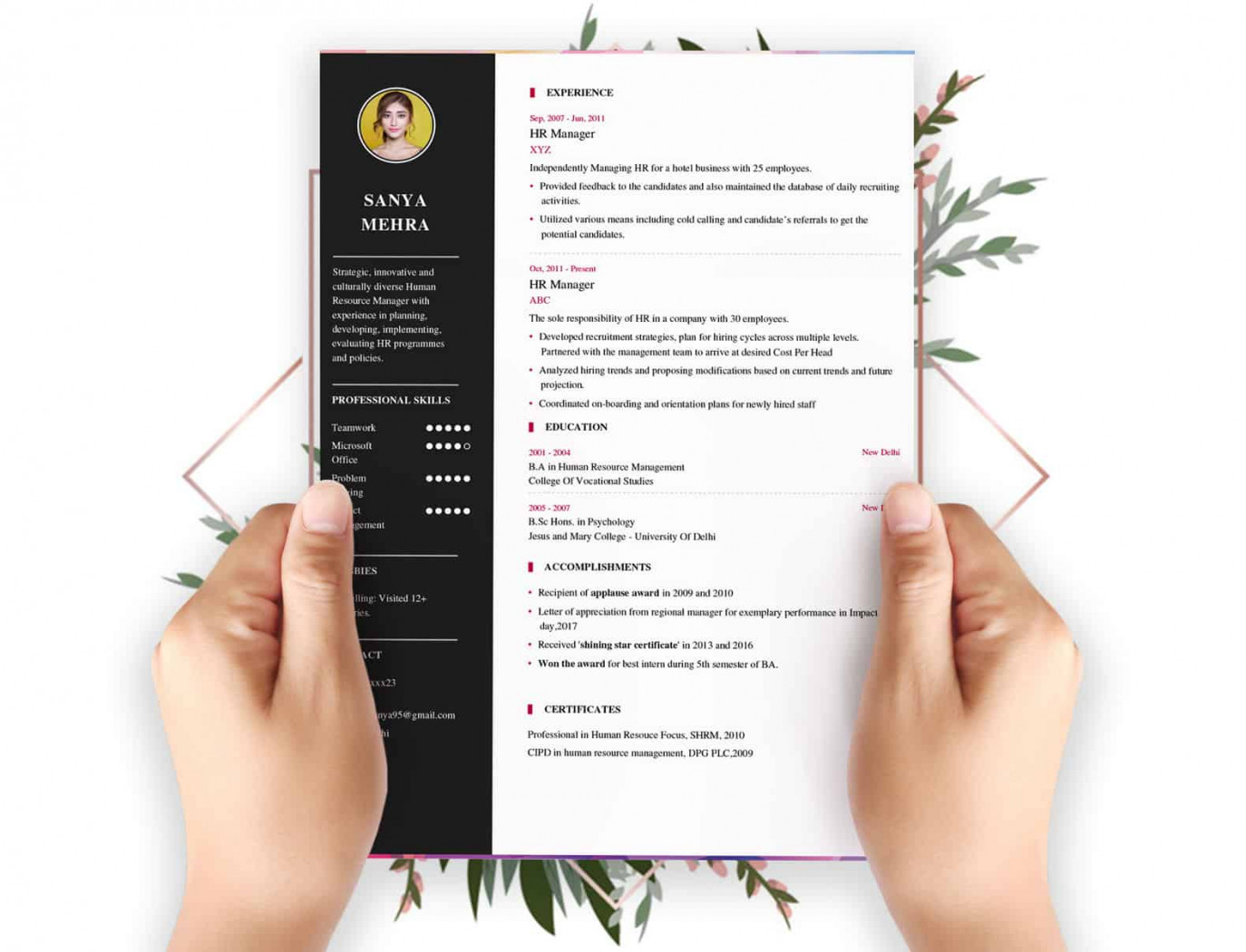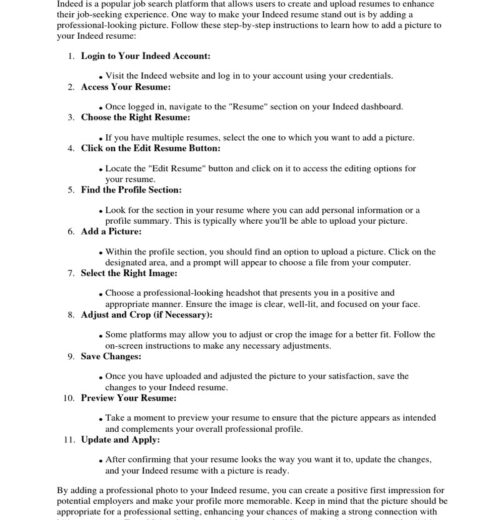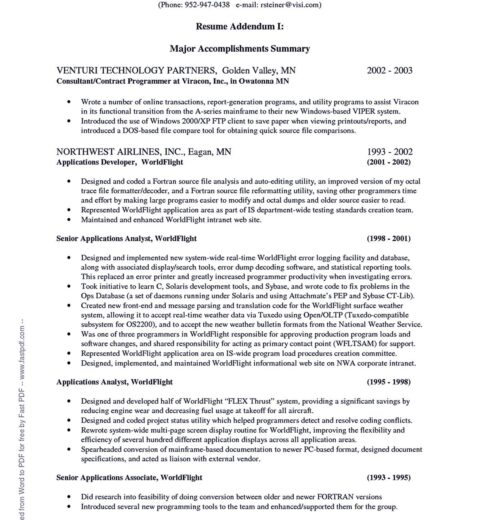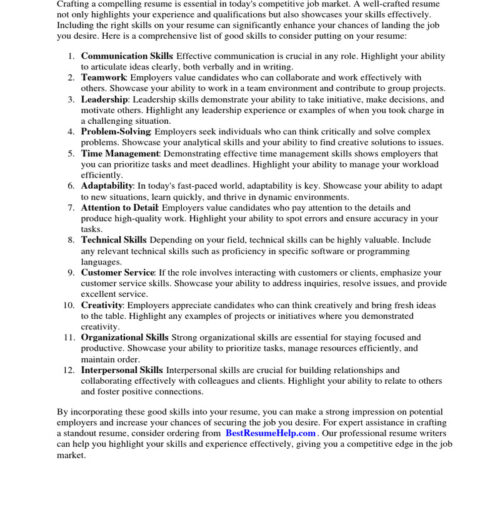In the vast landscape of job hunting, a resume serves as your personal lighthouse, guiding prospective employers through the fog of countless applicants. Crafting this pivotal document can seem daunting, particularly for those who consider themselves design novices. However, creating a stellar resume for free—without the need for sophisticated design skills—is entirely achievable. The journey begins with understanding the purpose of your resume and the elements that comprise this essential tool.
At its core, a resume is a self-portrayal: a carefully curated reflection of your professional journey, achievements, and aspirations. To concoct a captivating resume, one must navigate through several essential components, each one acting like a building block that adds to the overall structure. First and foremost, clarity is paramount. A well-organized resume is akin to a symphony, where each section harmoniously intertwines to create a resonant melody of your career.
The first section of your resume should immediately capture attention: the contact information. Much like the prologue of a compelling novel, this introduction provides the reader with insight into your identity. Include your name, phone number, email address, and LinkedIn profile (if applicable). Ensuring that this information is easily accessible is critical, as employers often discard resumes that lack proper contact details.
Next, consider an engaging summary or objective statement. This brief encapsulation functions as a hook, reminiscent of a gripping opening line in a book. It should convey your professional ethos and encapsulate your career objectives succinctly. Tailor this section to align with the specific job you seek, spotlighting your most relevant experiences and contributions. For instance, rather than simply stating you are a ‘team player,’ specify how you’ve successfully collaborated on projects that led to tangible results. This contextualization provides substance to your claims.
Transitioning from your summary, the experience section acts as the backbone of your resume. Here, you should detail your previous roles, responsibilities, and achievements. Utilize a reverse chronological format, placing your most recent position at the top. Each entry should consist of the job title, the company’s name, and the dates of your employment. This bullet-pointed format is akin to a timeline, offering your reader a succinct glimpse into your career progression.
When delineating your responsibilities, engage the reader with action verbs—words like ‘orchestrated,’ ‘developed,’ or ‘initiated’ resonate far more powerfully than mundane phrasing. Consider the impact of quantifying your achievements; numbers lend credence. Instead of saying you ‘managed a team,’ specify that you ‘led a team of five to complete projects ahead of schedule, improving delivery times by 20%.’ Such statements not only demonstrate your capabilities but also your impact on the organization.
As you move onward through your resume, it is crucial to incorporate an education section. This is where your academic achievements take center stage. Listing your degrees, institutions, and graduation dates can illuminate your foundational knowledge and expertise. If you possess additional certifications relevant to your field, highlight them here as well. Each credential enhances your credibility, bolstering the image you present to potential employers.
To further enrich your resume, consider adding a skills section. This should embody a blend of both hard and soft skills that colloquially articulate your capabilities. Hard skills might include proficiency in software programs, languages, or specialized techniques relevant to the industry, while soft skills could encompass attributes such as communication or leadership abilities. The key lies in aligning your skills with the requirements of the job you are pursuing, creating a tailored fit that resonates with the hiring manager.
Finally, if applicable, include a section dedicated to additional elements that set you apart from other candidates. This might encompass volunteer experience, professional organizations, or hobbies that exhibit your well-rounded nature. Quirky interests can sometimes ignite conversation during interviews, providing a memorable touch that transcends the confines of conventionality.
Despite the myriad components of a resume, the design does not have to be extravagant. In fact, simplicity often triumphs. Several free online tools enable individuals to create visually appealing resumes without the constraints of design skills. These platforms provide templates that guide you through the formatting process, ensuring your document maintains aesthetic appeal while remaining professional. Choose a template that aligns with your professional vision; a polished, easy-to-read format is key.
Once your resume is pieced together, it is paramount to engage in meticulous proofreading. Errors in spelling or grammar can tarnish your otherwise commendable document, akin to discernible smudges on a pristine canvas. Inviting a trusted friend or mentor to review is worthwhile, as fresh eyes can often catch discrepancies you might overlook.
Finally, remember that a resume is not set in stone. Regularly revisiting and revising your document as your career evolves is prudent. Keeping your resume updated reflects your commitment to professional growth and adaptability—qualities highly sought after in today’s workforce.
In conclusion, embarking on the endeavor of creating a resume can feel akin to traversing a labyrinth, filled with twists and turns. Yet, with careful planning and attention to detail, it is possible to construct a compelling document that showcases your unique journey. Free resources abound to aid you in this quest, ensuring that with a dash of creativity and a clear vision, even without design prowess, you can craft a resume that stands out amidst the sea of applicants.




